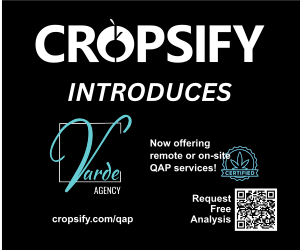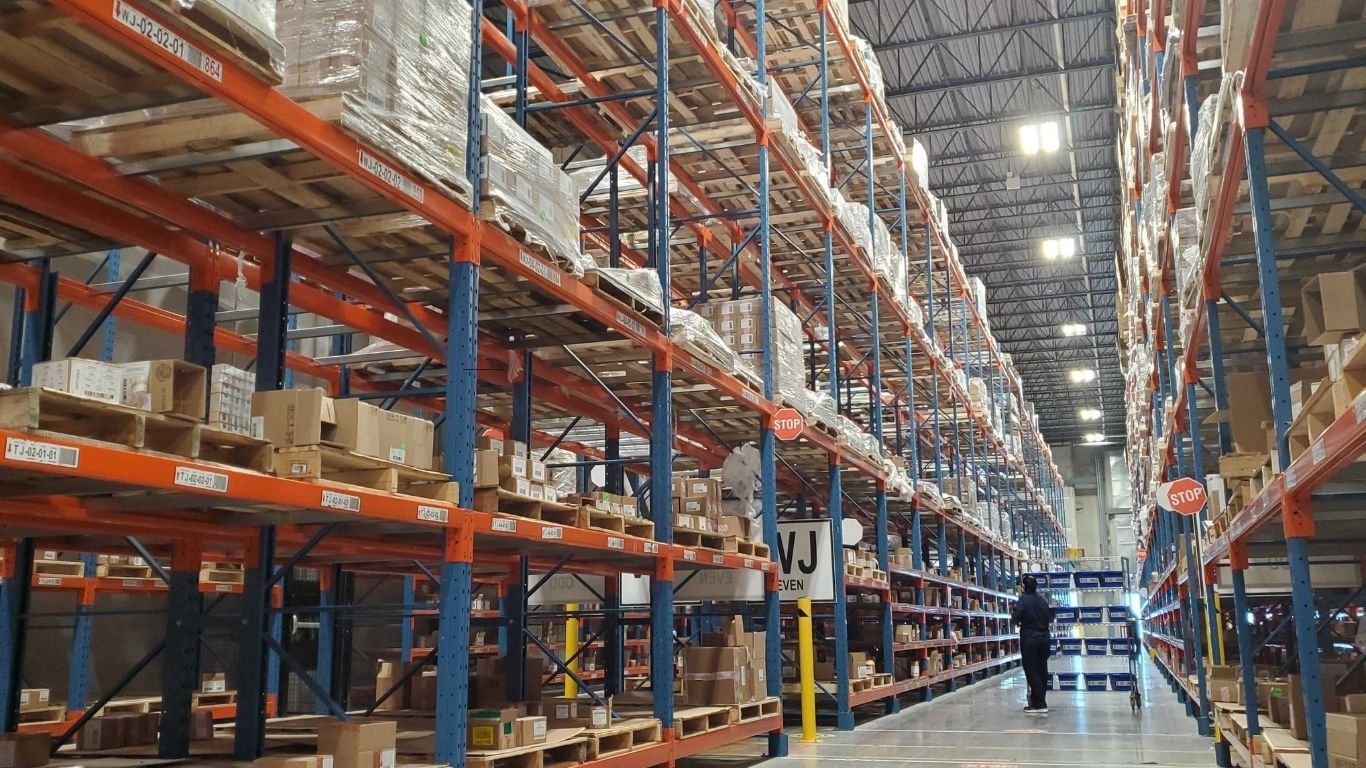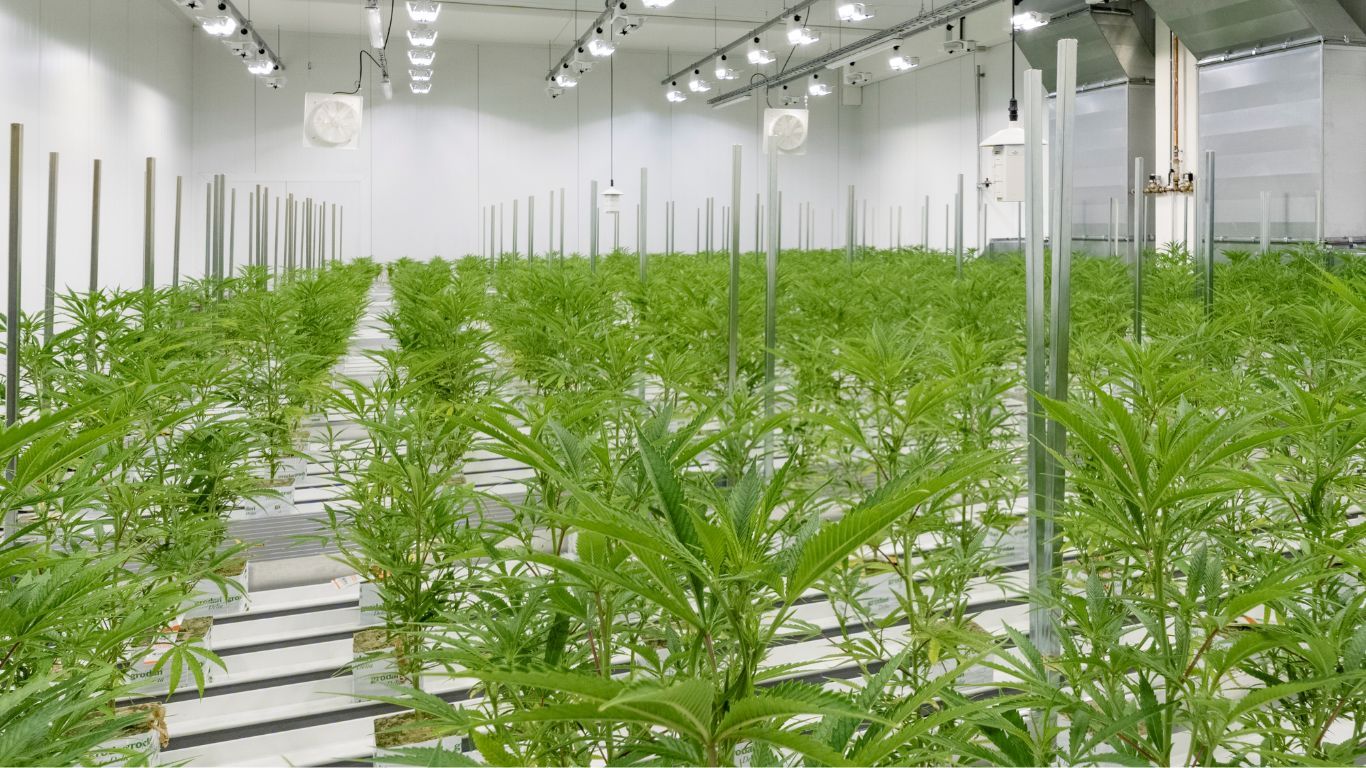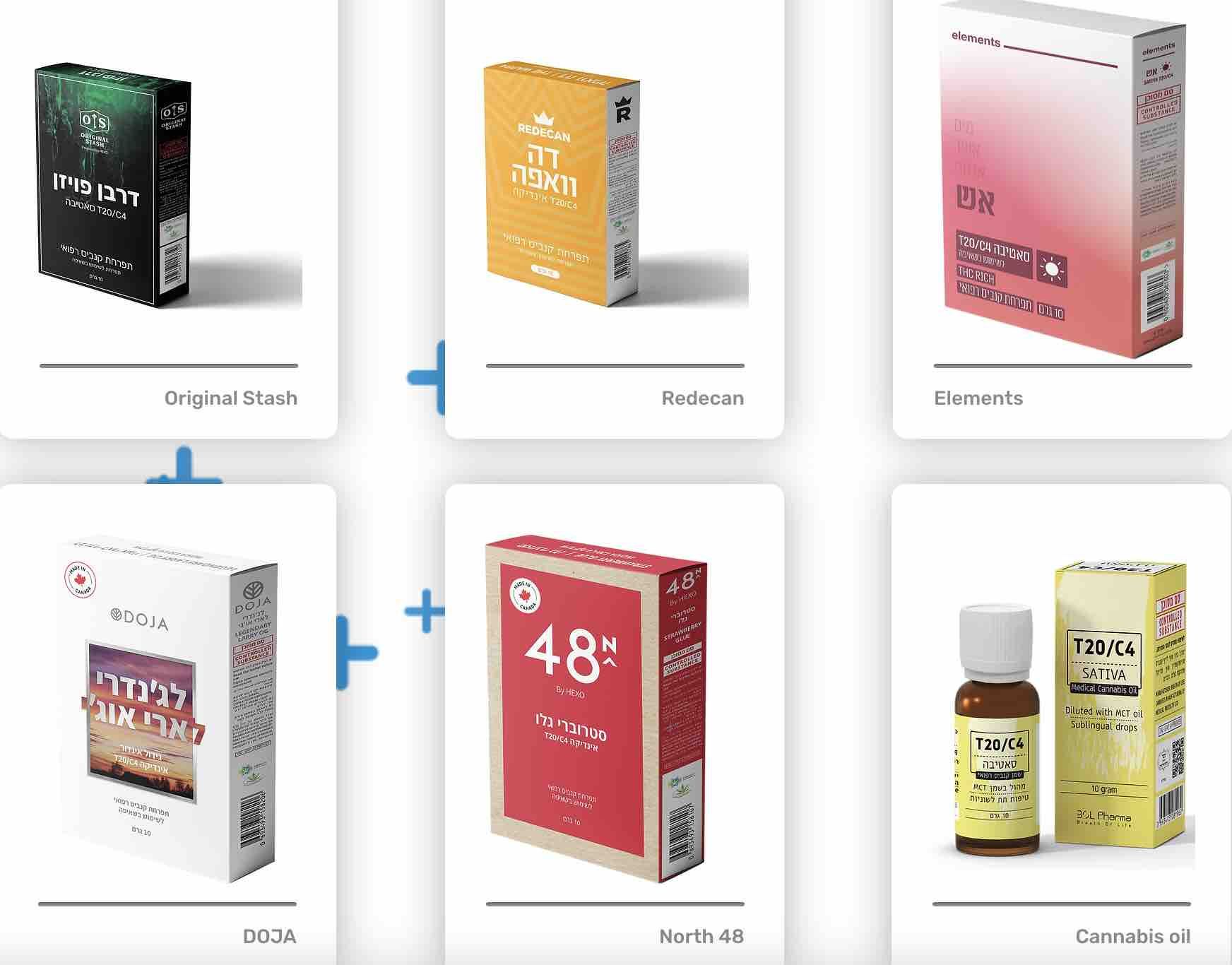
Following an incident in Halifax where several students under the age of twelve were taken to hospital after eating cannabis edibles, a new media report confirms the edibles were not legal.
While the initial media reports did not note if the products were legal or illegal, the article referred to them as “labelled.”
A follow-up article from the Canadian Press shows a picture of what is clearly an edible from the illicit market, but the article itself predictably fails to clearly note the distinction between legal and illegal edibles and how they are packaged and sold, or the THC content of those products.
This is an ongoing issue, with researchers, academics, and the media still seemingly unaware of how widespread these illicit, unregulated edibles are, packaged to mimic traditional candy and snack foods like Nerds, Doritos, Oreos, Skittles and many more.
In this most recent incident in Halifax, at least five kids consumed the product after one child brought them to school. Four of those kids went to the hospital for their symptoms.
One mother, a healthcare worker, said in an interview that her son threw up multiple times and had to be rushed to the emergency department. Another mother, who spoke to the Canadian Press on the condition of anonymity, said her child was taken to intensive care for treatment before stabilizing.
Despite the image shown in the article showing a package of “Nerd Bites” advertising at least 1,000mg THC, with each “bite” containing 200mg THC, the article itself does very little to clearly communicate that these are not products from Canada’s legal cannabis industry.
A modicum of research would clearly show the author of the article that legal cannabis edible products cannot be packaged in such a way, do not resemble regular candies like Nerds, and can only come with 10mg THC per package, not 1,000.
Only halfway down the article does the author cite a comment from the NSLC that notes this discrepancy. But even then, the article doesn’t make the distinction clear or even attempt to do so.
“A spokeswoman for the Nova Scotia Liquor Corp., the only licensed distributor of cannabis products in the province, says it only buys from licensed producers who are regulated by Health Canada and the federal Cannabis Act. The law generally prohibits the promotion of cannabis, and packaging is to adhere to strict requirements including labelling, child-resistant containers, and plain packaging that must not appeal to youth,” reports the Canadian press, attributing the comment to a media representative for NSLC.
This type of lazy conflation of the significant difference between legal and illegal edible products is not new. Researchers and media in the past few years have breathlessly reported on hospitalizations of young people after they consumed cannabis edibles, often without an acknowledgement of how prevalent these types of highly appealing and very high THC products are in Canada, or the fact they only became common in Canada around the same time legal edible products began hitting shelves.
Such distinctions are obvious for those who actually understand the law in Canada. Legal cannabis edibles cannot mimic trademarked snack product brands, cannot contain more than 10mg THC per package, and are sold only through authorized sources.
As long as the media, academics, and other researchers continue to misunderstand such an obvious distinction, people will continue to be encouraged to blame the legal market for what is evidently an issue with the illegal, unregulated market.
This also continues to impact the legal market, as concerns with issues like young people presenting at hospitals after consuming edibles are used to maintain the current 10mg THC limit for legal edibles, while ignoring that these hospitalizations are more than likely due to much higher potency products that are far more appealing and accessible to young people.












